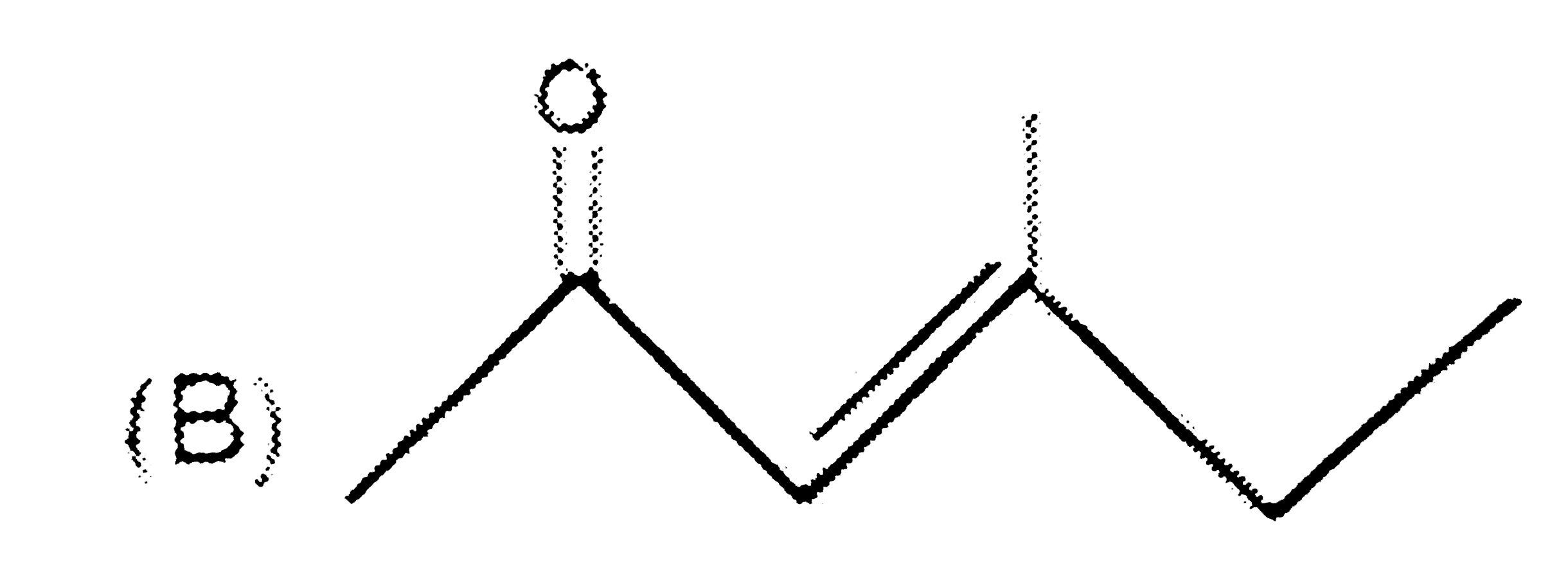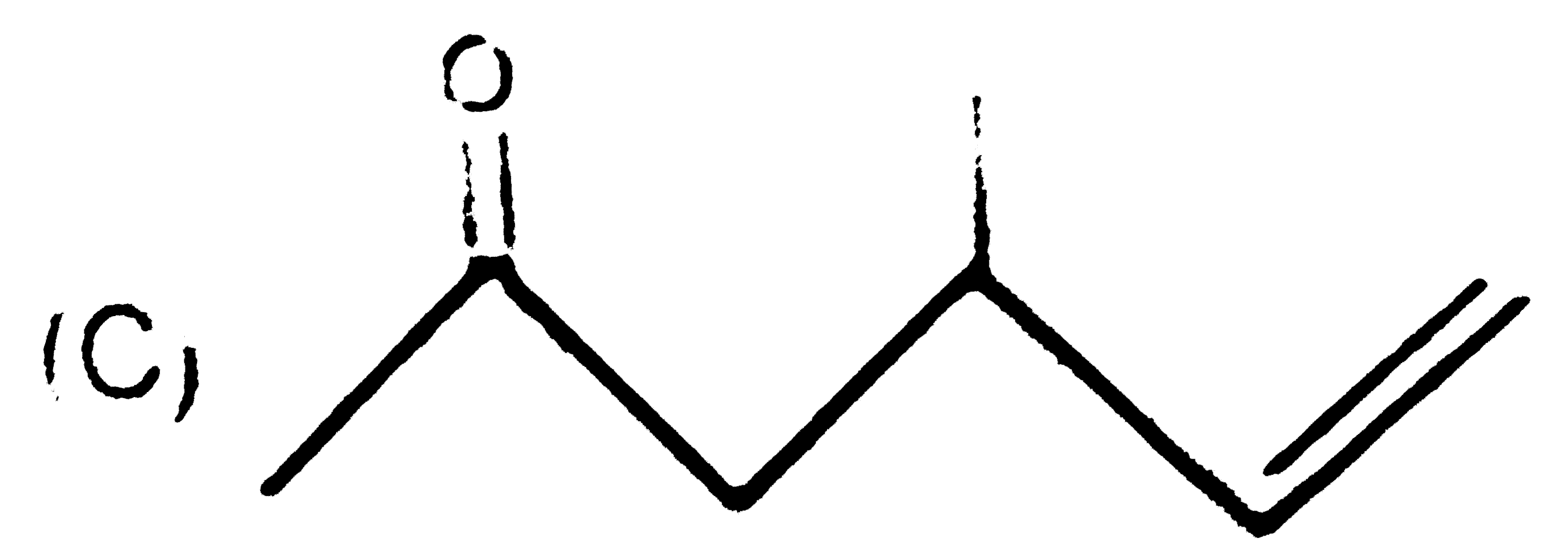Curved arrows are used in Organic Chemistry to show the moment of electrons in the mechanism of a reaction . The correct product of the following rection is

A

B

C

D

Video Solution
Text Solution
The correct Answer is:C
|
Answer
Step by step video & image solution for Curved arrows are used in Organic Chemistry to show the moment of electrons in the mechanism of a reaction . The correct product of the following rection is by Chemistry experts to help you in doubts & scoring excellent marks in Class 12 exams.
Updated on:21/07/2023Topper's Solved these Questions
- CARBONYL COMPOUNDS (ALDEHYDES & KETONES ) & CARBOXYLIC ACID BOOK - RESONANCE ENGLISHCHAPTER - CARBONYL COMPOUNDS (ALDEHYDES & KETONES ) & CARBOXYLIC ACID EXERCISE - Part -III
31 Videos
- CARBONYL COMPOUNDS (ALDEHYDES & KETONES ) & CARBOXYLIC ACID BOOK - RESONANCE ENGLISHCHAPTER - CARBONYL COMPOUNDS (ALDEHYDES & KETONES ) & CARBOXYLIC ACID EXERCISE - Part -IV
23 Videos
- CARBONYL COMPOUNDS (ALDEHYDES & KETONES ) & CARBOXYLIC ACID BOOK - RESONANCE ENGLISHCHAPTER - CARBONYL COMPOUNDS (ALDEHYDES & KETONES ) & CARBOXYLIC ACID EXERCISE - APSP
1 Videos
- BIOMOLECULES & POLYMERBOOK - RESONANCE ENGLISHCHAPTER - BIOMOLECULES & POLYMEREXERCISE - ORGANIC CHEMISTRY(Biomolecules & Polymer)
34 Videos
- CHEMICAL KINETICSBOOK - RESONANCE ENGLISHCHAPTER - CHEMICAL KINETICSEXERCISE - PHYSICAL CHEMITRY (CHEMICAL KNIETICS & RADIOACTIVITY)
49 Videos
Similar Questions
Knowledge Check
Curved arrows are used in Organic Chemistry to show the movement of electrons in the mechanism of a reaction. The correct product of the following reaction is
 A
A B
B C
C D
D
Identify correct product of the following reaction :
 A
A B
B C
C Dnone of these
Dnone of these
Predict the the organic product of the following reactions:

View SolutionPredict the the organic product of the following reactions:

View SolutionPredict the the organic product of the following reactions:

View SolutionPredict the the organic product of the following reactions:

View SolutionPredict the the organic product of the following reactions:

View SolutionPredict the the organic product of the following reactions:

View Solution

